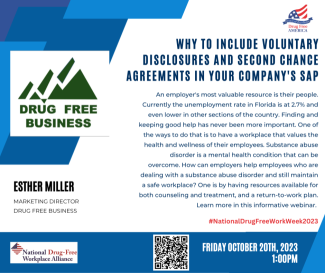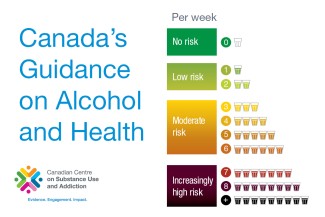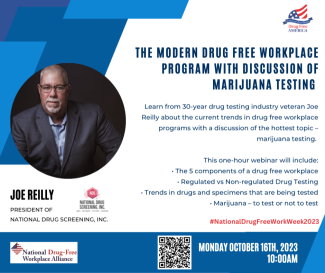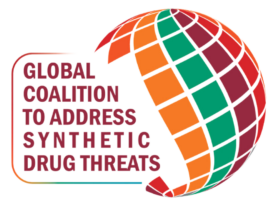Introducing our new "Prevention Lists" resource!
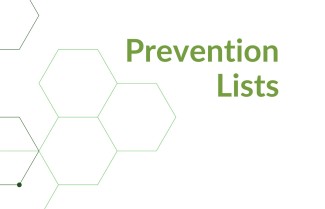
We are excited to announce the latest addition to our Professional Development section—a dedicated area called "Prevention Lists." This resource is tailored for those keen on exploring evidence-based prevention programs and accessing information about effective prevention interventions.
Within this section, you will find a curated collection of resources, all of which have been developed by esteemed organisations specialising in the curation and evaluation of prevention practices.
We value the wealth of knowledge and insights within our ISSUP community. Therefore, we invite all our members...




